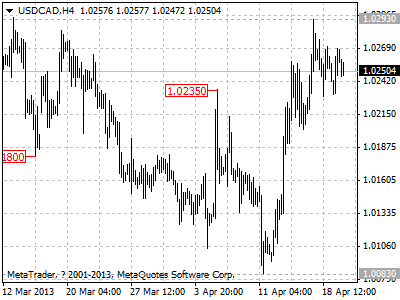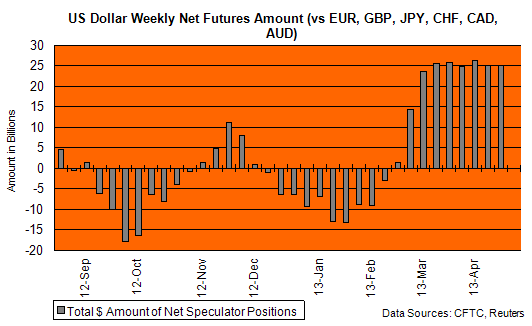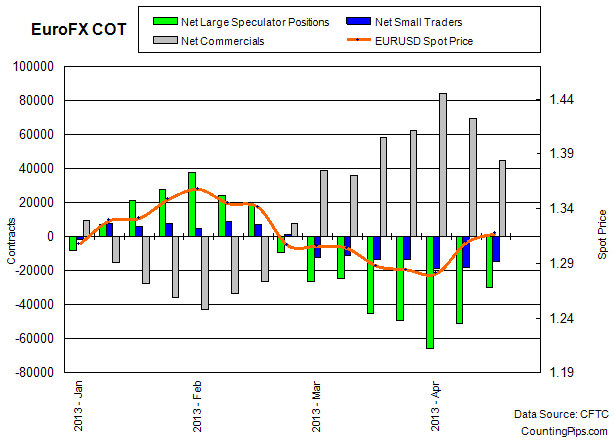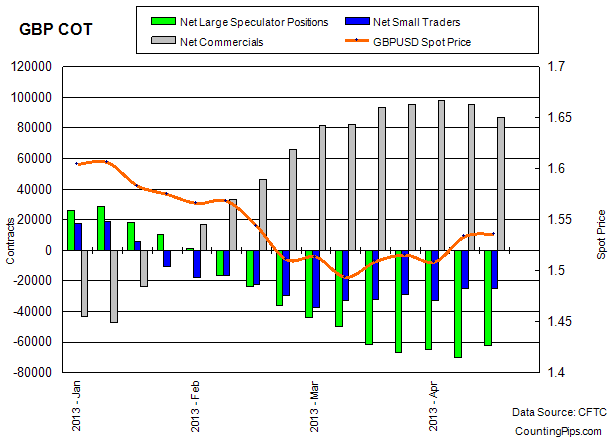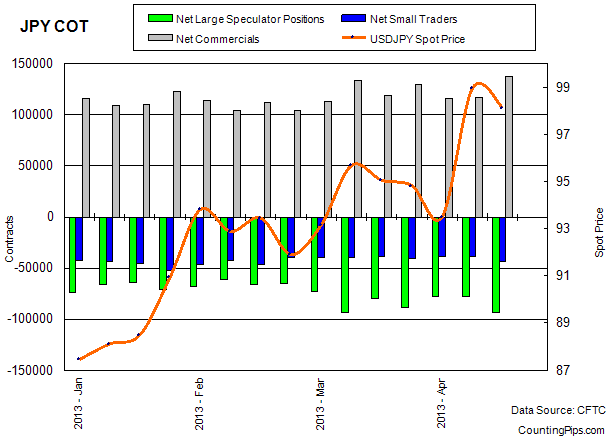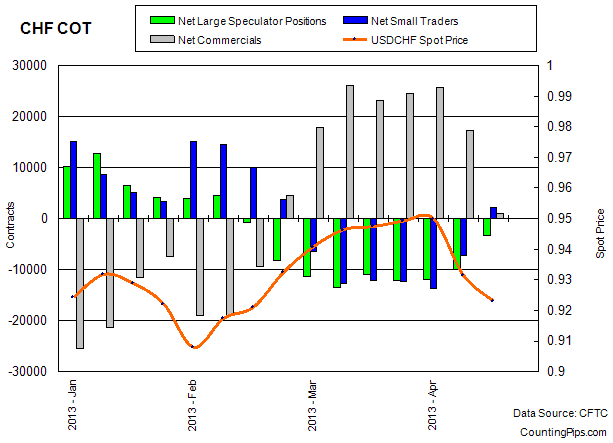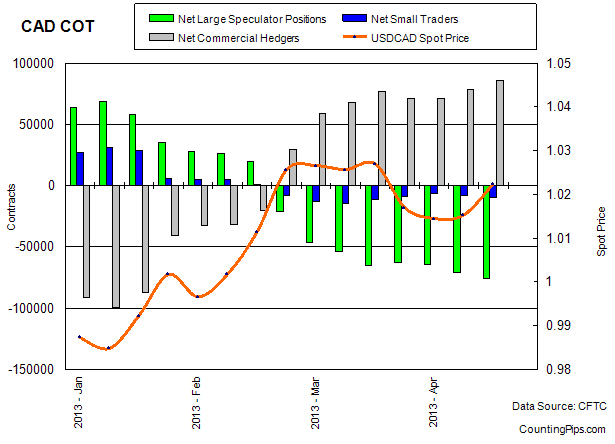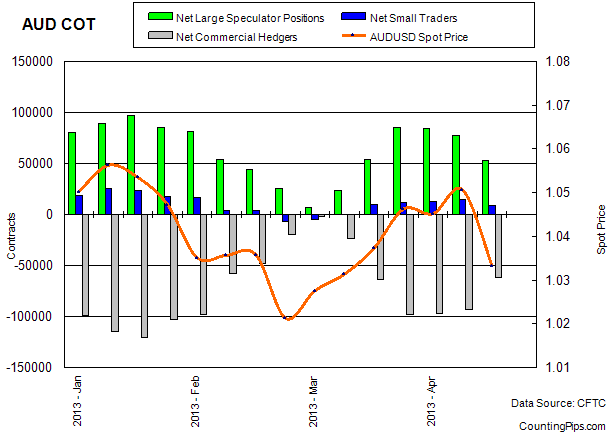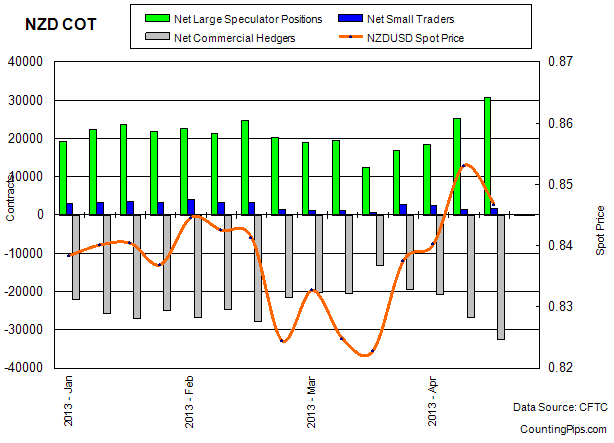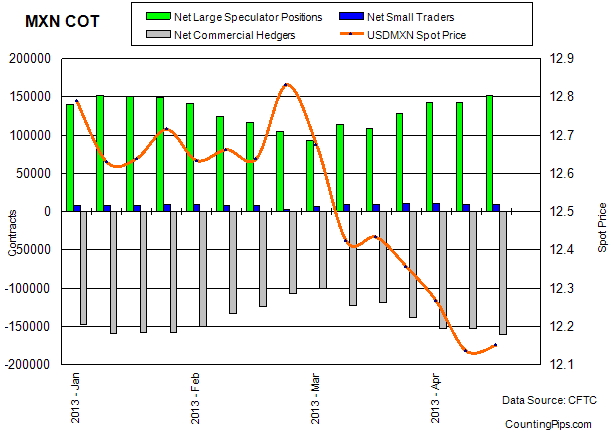By MoneyMorning.com.au
Last was a tough week for hard assets. Prices plummeted for gold, silver, platinum, copper, oil and more. It was a broad, market-wide retreat — helped along by the ‘usual suspect’ market movers, who likely wanted to knock things down for their own nefarious reasons.
At some moments, the sell side was in a panic. People apparently bailed from large positions — although I believe that as things quickly evolved (too quickly, actually), many jumpers were forced to exit due to margin calls.
Lower prices for ‘long-term’ wealth-protection ideas like gold, silver, etc., have knocked down the share price for many a producing company.
All in all, many hard asset portfolios have taken tough hits, especially those of investors who bought in over the past year, and certainly in recent months. What happened? Where do we go? Has the hard asset train derailed? Let’s think it through.
I have to admit that a few weeks ago I did not foresee the sharp asset dive that we’ve just experienced. I’m more than aware that gold and silver prices go down as well as up. But I didn’t see a super-sharp selloff coming.
For example, Freeport-McMoRan Copper & Gold shares dropped from the $33 range to the vicinity of $29. Barrick shares dropped from over $25 to just under $19. These levels are five-year lows — as low as the respective companies have been since late 2008 and early 2009, during the worst days of the last crash.
At current price levels, the dividend yield for both Freeport and Barrick shares is near 4.2% for each company — not bad. If Freeport and Barrick were good ideas before, they’re ‘better’ ideas now. These entry points are attractive, although I counsel caution and suggest allowing more dust to settle. Yes, there is STILL a downside to big mining plays.
Still, at these levels, I’m inclined to suggest that long-term investors nibble away. Be sure to keep cash in reserve for other opportunities.
Markets for everything move up and down. You get bad days, right? That, and beware fighting the Federal Reserve.
But I still don’t understand why the [US] dollar is somehow so ‘strong’ in a relative sense and gold is somehow ‘weak’. The ferocity and scope of last week hard asset slide surprised me.
Why the Slide?
Let’s look at a couple of the mainstream explanations for the gold sell-off. One has to do with Japan’s intentional weakening of the yen for domestic ‘stimulation’.
In response, the dollar strengthens. Strong dollar leads to lower gold prices, right? But why would a stronger dollar trigger a major gold sell-off? On the best day, dollar-yen is an exchange-rate issue, not a fundamental restructuring of U.S. monetary issues.
How about the rumour that Cyprus will sell its national gold to pay the European Union for a bank bailout. That’s on top of Cyprus nicking all of the big bank accounts on the island for up to 60%. Still, how much gold does Cyprus have? And where would it go?
If Cyprus ‘sells’ its national gold, the transaction will likely just be a ledger move from the books of one central bank to another. That is, unless China buys the gold and demands delivery. Beware of that happening, because it’ll lead to a physical scramble to cover delivery — in which case gold prices should rise, not fall.
And why would any large gold holder — public or private — ‘sell’ it in such a way as to crash the price? That is, why dump a large gold position in a hurry? Especially if you know that it’ll spook the market downward, and at the end of the day you’ll get a lower price. That’s dumb, right?
It’s dumb unless you’ve already positioned yourself to gain from the price fall. You’ve got your short contracts in place. Basically, what if somebody is manipulating the gold market?
Who would do such a thing?
Well, gee. Isn’t it interesting that Goldman Sachs announced that it was recommending that people exit gold and await a price decline. Then, as if on cue, The New York Times published a front-page hit piece titled, ‘Gold, Long a Secure Investment, Loses Its Luster’.
When I saw the Times article, I wasn’t sure if it should be on the front page as news or the business pages, if not the obituary section. Here’s one of the key lines from the Times, ringing with empirical certitude: ‘Gold, pride of Croesus and store of wealth since time immemorial, has turned out to be a very bad investment of late.’
Got that? Gold is for losers. And then the next day, Times columnist Paul Krugman weighed in with a tirade against ‘gold bugs’, of which I’ll mention more below.
Looking for the Next Investment Fad?
First, though, looking back to 2001 or so, we’ve had a sweet, rising, bullish market for gold, silver, etc. Still, don’t confuse personal insight with a rising, bullish market.
The good news is that if you bought into the gold story back when the yellow metal was selling for $300 per ounce, you’re still up about 370% even after the pullback to the $1,400 range. If you bought silver at, say, $5 per ounce, then you’re up by a similar level.
But the last decade is history. What about the future? Is the gold pullback a harbinger of fundamental change in world monetary realities, if not market perceptions?
In other words, have central banks and their currencies — dollars, euros, yen, etc. — somehow gotten well in a hurry? Has investor sentiment changed dramatically and moved away from gold and silver?
In The New York Times, the predictably dyspeptic Paul Krugman ripped into gold and ‘gold bugs’. Krugman used his characteristic, ad hominem tone, and that nasty polemic style that he reserves to label and indict groups that lack a protected, politically-favoured status. (If Krugman were a woman, he’d be a ‘mean girl’.)
Basically, in his execrable column, Krugman gloated that after a 12-year run as a top-performing asset class, gold has hit the skids. It’s over for gold, states the economic sage of Princeton University. Of course, the former adviser to Enron has been known to be wrong in the past.
Deep down, though, let’s humour Krugman and ask the hard question. For the past decade or more, was gold just another investment fad — a transient, ‘dot-gold’ sort of thing, like buying dog food over the Internet — and now we need to find a new fad?
Looking for Clues
I’m old enough to recall the 1970s, when gold prices ran up from $32 per ounce to around $800. Then, as the 1980s unfolded, gold prices crashed back down and stayed in the dumps for two decades. I’ve seen this movie before.
What happened back then? The late 1970s and 1980s were the era of presidents Carter-Reagan in the US and prime ministers Callaghan-Thatcher in Britain.
First, under the ‘liberals’ (as the British label their politics), gold and silver prices ran up in the shadow of rampant global inflation and stagnant economies due to government mismanagement. Then, under the ‘conservatives’ (again using British terms), new leadership stopped their respective nations from turning into Cuba without the sunshine.
In the US, Federal Reserve Chairman Paul Volker raised interest rates to double-digit levels, and choked inflation out of the system. In Britain, Chancellor of the Exchequer Geoffrey Howe worked similar policy. In both nations, tough monetary policy pushed many an uneconomic enterprise into bankruptcy.
At the same time, other parts of the economy began to boom — not the least being Britain’s North Sea oil sector and American’s high-tech and defence sectors.
Returning to the present, why would the dollar get well last week while gold was forced into precipitous decline? Asked another way, is anyone serving up hard monetary or fiscal medicine to the US economy?
Do the Fed’s zero interest rate policies spread money to the job creators of the nation? Do legislative diktats like Dodd-Frank and Obamacare kick-start a profound advance in the fortunes of the US economy and its dollar.
Say again, what’s the signal for a long-term downtrend for gold? I do not see such flags waving, nor hear those drums beating and bugles blowing. It doesn’t make sense.
Just a Correction?
Try this. Perhaps the gold sell-off was more like a classic correction, where Mr. Market shakes out the weak hands. Indeed, the recent market retreat resembled a scene where valuable assets moved from weak hands to strong hands.
Consider this chart, courtesy of my friend and colleague Dan Denning:
The dark line represents shares in iconic Apple Computer, which are down nearly 35% in the past eight months. Compare this with gold, which dropped about 16.5%. Tell me again what’s ‘crashing’?
Investment guru Marc Faber recently made this same point during an interview with Bloomberg TV. He stated:
‘I love the markets. I love the fact that gold is finally breaking down. That will offer an excellent buying opportunity… At the same time, the S&P is at about not even up 1% from the peak in October 2007.
‘Over the same period of time, even after today’s correction, gold is up 100%. The S&P is up 2% over the March 2000 high. Gold is up 442%. So I am happy we have a sell-off that will lead to a major low. It could be at $1,400, it could be today at $1,300, but I think that the bull market in gold is not completed. Nobody knows for sure, but I think the fundamentals for gold are still intact.’
Those ‘fundamentals’ include the fact that gold is a hard asset and — if you take possession — no one else’s liability.
On this last point, consider that — as we learned from the recent Cyprus debacle — political and monetary authorities feel legally entitled and morally justified to confiscate your savings when they want the funds to cover government bills.
Meanwhile, never forget that central banks everywhere continue to print money and monetize government debt. The story of the Weimar Republic sort of speaks for itself.
To wrap it up, yes, the idea of a serious asset decline is always in the back of my head — certainly, since I saw gold tumble and stay down in the 1980s. But was last week the beginning of the end for gold? The resurrection of the dollar as a long-term store of wealth? I don’t believe so.
Not All Bad Luck Is Bad
One final point…
‘It is sad for the bird farmers, but good news for us,’ said a Chinese man, quoted in a recent issue of the UK Daily Mail. ‘Not all bad luck is bad for all,’ he added.
The Chinese man was discussing his relative good fortune. That is, he fell into a bargain buying unwanted baby ducklings from ‘bird farmers’.
The back story, here, is that the price of poultry has collapsed in China due to fears about a new strain of bird flu, called H7N9. Fearful of flu infection, Chinese diners are eating fewer duck dinners, leaving farmers who raise the birds with a large surplus.
Thus, Chinese duck farmers are selling birds on the cheap (so to speak), and others are benefitting. The ‘lucky’ farmer quoted above will feed the surplus baby ducks to his snakes.
With characteristic Chinese practicality, another farmer stated, ‘It’s not a nice end for the baby ducks but they were raised as food. They weren’t going to live on a pond for the rest of their natural lives.’
Bottom line? If someone wants to sell you gold and silver at a bargain, feel free to take it off their hands.
Byron King
Contributing Editor, Money Morning
Join Money Morning on Google+
From the Archives…
Why Waste Your Time on Gold When You Can Invest in Dividend Stocks?
19-04-2013 – Kris Sayce
A Trader’s Eye View of Gold’s Frightening Collapse
18-04-2013 – Murray Dawes
Why You Should Buy ‘Dirty, Grimy’ Gold Stocks
17-04-2013 – Dr. Alex Cowie
Why this Historic Fall in the Gold Price Equates to a Historic Opportunity
16-04-2013 – Dr. Alex Cowie
Beware the ‘Safety Bubble’, But Don’t Sell Dividend Stocks Yet
15-04-2013 – Kris Sayce




